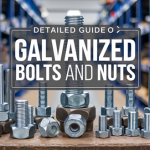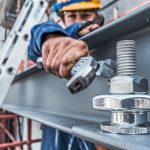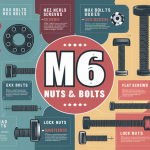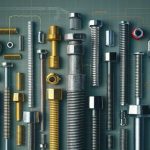Introduction
Ever wonder how these process of u bolts manufacturing by U Bolts Manufacturer? U bolt is a bolt which is used to screw holes on the end that is shaped like U-letter. The main application for U bolts is to support pipework, or the pipes that allow gases and liquids to flow through. They can also be used as line stops if specific installation changes are made. Because of its curved shape, U bolts can be readily inserted around pipes, which are then secured to a secondary element with nuts.

Let us examine the numerous processes involved in converting raw materials into completed U bolts by a reputed U Bolts Manufacturer in this in-depth blog post about the Process of U Bolts Manufacturing.
Material Choice
The choice of material is the initial step of the manufacturing process. The manufacturer checks the strength, durability, and resistance to corrosion in the material chosen like carbon steel or stainless steel.
Wire drawing process
The manufacturing process starts with the Wire drawing process. Wire drawing is a method of cold plastic modification where a rod or wire is pulled through a conical die with a calibrated hole. This results in a reduction in diameter and a rise in the length of the workpiece. Once the wire is drawn to the needed diameter then sheering and sawing are used for a consistent dimension.
Use Bend machines
Next, using specialist bending machinery, the cut wire is formed into a U-bolt form. Two arms or legs extend from the curve of the wire as these devices delicately bend it into the correct U-shape. The U-bolt’s size and angles are regularly checked to make sure they meet the requirements.
Trim and Deburr
The U-bolts go through trimming and deburring procedures following bending. Trimming ensures accurate proportions and neat edges by removing any surplus material. By eliminating burrs and smoothing down uneven edges, deburring guarantees the U-bolt’s safety throughout handling as well as installation.
Cold forging
The cold forging process for the U-bolt starts by uncoiling massive steel wire rods of varying diameters. The grade of steel used for producing U-bolts is globally standardized, by the specifications outlined in ISO 898-1.
Read Also: U BOLT SUPPLIERS: CRAFTING PRECISION FASTENERS FOR EVERY NEED
Heat Treatment
Improving the mechanical characteristics of U-bolts requires heat treatment. Tempering and quenching heat treatment processes are used to shape this U-bolt. While tempering lessens brittleness and promotes toughness, quenching entails quickly cooling the U-bolts to increase their hardness.
Forming and Coating
According to their intended purpose, some U-bolts need to go through extra forming procedures. Unique bens and threaded ends are created in this process. Surface coating is done with epoxy or Zinc plating or hot dip galvanizing coats for corrosion resistance and aesthetic appeal.
Finishing
U-bolts go through further finishing procedures, like polishing or grinding, following surface coating. These procedures guarantee a flawless surface polish, eliminating any flaws and producing a visually appealing result.
Quality Control
Extensive quality control is carried out during the manufacturing process to guarantee that the U-bolts fulfill the necessary standards and specifications. The accuracy, strength, and general quality of the Ubolts are checked through material testing, dimensional measurements, plus visual inspections as part of quality control procedures.
Conclusion
U-bolts from a reputed U Bolts Manufacturer are curved with a U-shape that are utilized as support system in the pipeline industry. They have threads on both ends. As previously indicated, the production process for U-bolts involves a precise set of procedures. Understanding the complexities of the manufacturing process enables us to recognize the accuracy in creating these important fasteners. Process of U Bolts Manufacturer can ensure their place in the future while continuing to meet the demands of a dynamic and interconnected world.
READ ALSO:

